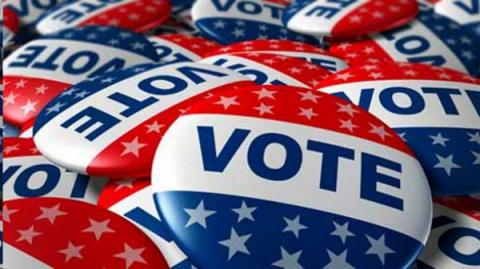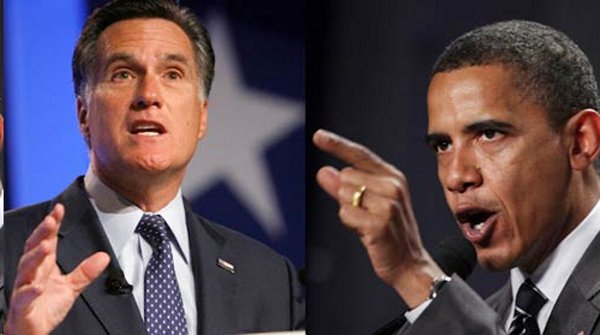College Students Expected to Vote in Record Numbers

From New America Media and Asian Journal:
LOS ANGELES – It is predicted that voter turnout among young people, especially college students, will be higher than before.
Political activism has been gradually rising among students, since the 2004 election between Bush and Kerry. The most recent election in 2008 resulted in a 2.1 percent increase of student voters (51.1 percent of Americans between ages 18 and 29).
Although the exact figures are still unknown, it is expected that more and more students will get involved this year; at least, at a level which is higher than average.
Likely voters
Overall, college attendance is highly correlated with voter participation. Since 1984, it has been confirmed that college graduates and enrolled students, and even those who have attended some college, are more likely to vote than young people who have never attended college.
Several reports conducted by the Center for Information & Research on Civic Learning and Engagement (CIRCLE) have concluded that among these students, roughly 32 percent of 18 to 25-year-olds are members of a political party.
25 percent of these are women, and 14 percent are men. It is also recently estimated that young women are more politically active these days, than their male counterparts.
Forms of electoral participation for young people include voting in elections, volunteering for political campaigns or candidates, lobbying and persuading, displaying public campaign buttons or signs, and working/donating to candidates, political parties, or candidate-supported organizations—all of which students are encouraged to take part in, to help make a difference in our nation.
Reasons for doubt
On the other hand, there are still many reasons to doubt voter turnout among the youth.
A report done by Professor Richard Niemi of the University of Rochester and Professor Michael J. Hanmer of the University of Maryland at College Park looked at demographic research from four-year undergraduate students all over the country.
They concluded that demographics by race, class, gender, or even political involvement weren’t actually relevant.
Instead, college-specific reasons (like voter registration laws) and the same motivational factors that affect older voters are what make political participation the way it is.

A general interest in politics and in the presidential election can also be psychological. For students, being a part of a college community grants them free access to all kinds of information about politics, whether in student-run organizations, political science classes, or even extra-curricular activities. Hundreds of colleges and universities nationwide provide plenty of opportunities to get students more involved, no matter what their beliefs.
At Loyola Marymount University in Los Angeles, for instance, programs like Rock the Vote and multiple proposition debates are offered to educate students and give them the opportunity to choose what they think would be best for them. However, overall feelings about parties and candidates are likely to vary largely across students, which contribute to student turnout rates. If students are confused or unsure, they are less likely to vote—because they are “too wrapped up” to even care.
“College students are in the process of forming their identities, doing so in a unique social and political environment, are a growing share of the population, and are expected to become the core of the voting public,” Hanmer and Niemi wrote in Voter Turnout Among College Students: New Data and a Rethinking of Traditional Theories.
Reaching out to the youth via social media
To make students more politically aware and secure their votes, recent presidential campaigns have tried reaching out to young people through social networking. Sites like Twitter, Facebook, and YouTube have all become crucial platforms for public outreach.
President Barack Obama’s Twitter, for instance, has been geared toward the youth. He frequently tweets motivational quotes and updates related to lowering student debt, college costs, and the post-grad job market.
Gov. Mitt Romney has also used social networks to try and appeal to young voters. However, it is recently estimated that the media has been “sinking” his campaign.
According to DigitalTrends.com, the Romney campaign has been using social media for more “negative” comments, rather than focusing on the election itself. “The act of using social media to connect is what eludes Romney: He doesn’t exactly seem like a personable guy, and his attempts at humanizing himself using the social web sound just as measured and calculated, and occasionally awkward as everything else he does,” said writer Molly McHugh.
She does admit to Romney’s aptitude in terms of campaign speech and promises. “Students should get as much education as they can afford,” said Romney on the topic of schooling.
While social networking sites are important channels for youth outreach, they also tend to turn the election into a “popularity contest” rather than an important day for our nation.
Therefore, although the turnout rates are rising, the overall motivation seems to be lacking. Young people need to realize that their votes can affect their future. For college students specifically, the choice for who will occupy the Oval Office in the next four years could have a huge impact on student loan policy and lowering the debt.
(Allyson Escobar, with reports from CIRCLE, Twin Cities Media Alliance and USA Today)






























































































































































































































































































































